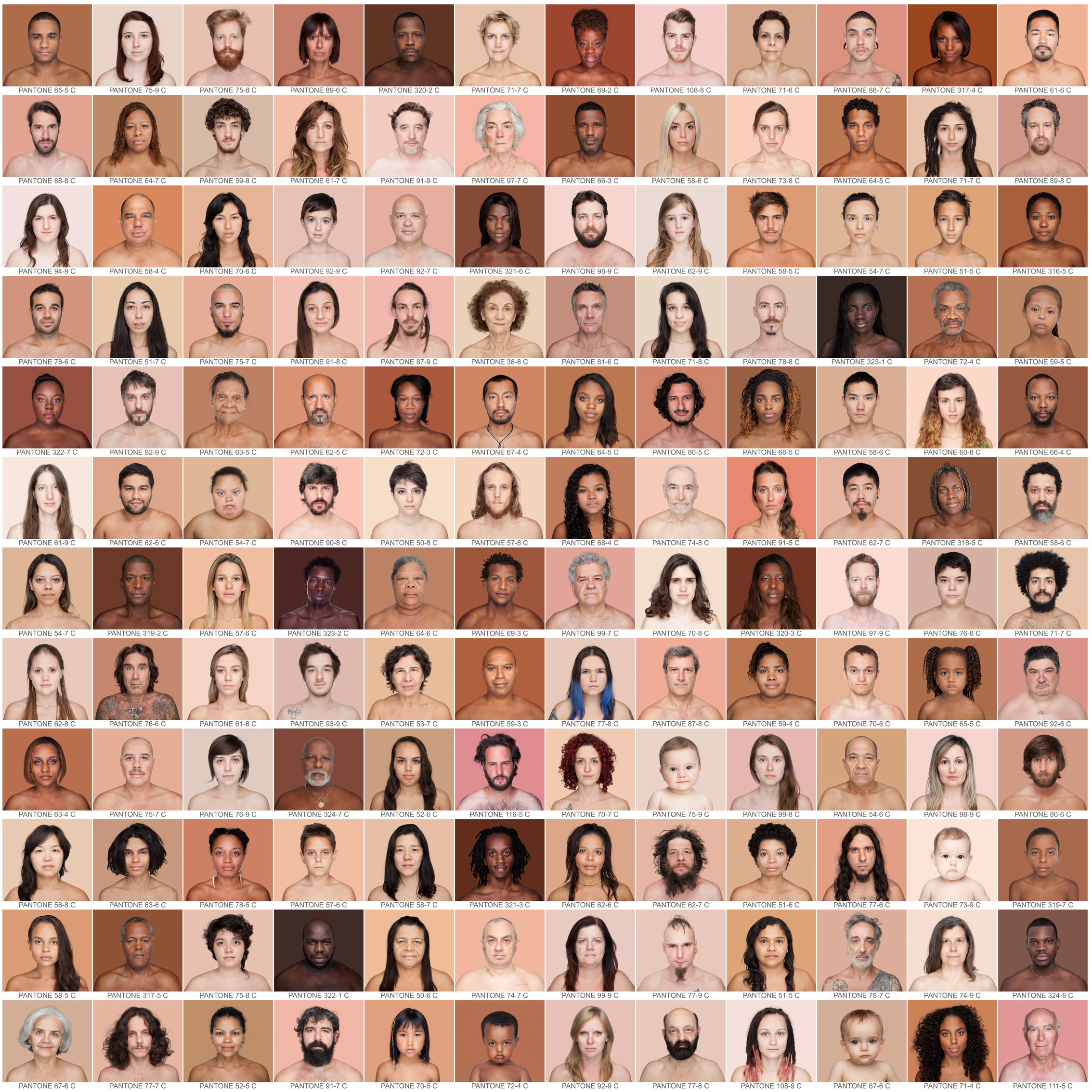
I see Brazil as a series of clashes — clashes of culture, ethnicity and philosophies. Clashes that generate a terrible, and yet-to-be tamed energy that has been given life to a complex society. Among the skyscrapers of the megalopolis and the trees of the Amazonia forest beats the heart of a multicultural country that is progressively learning to exploit the power of diversity. Contemporary photography takes possessions of these elements and emotions, becoming a solid instrument for new generations and a language to document the multifaceted angles of Brazilian society, its contrasts and renewed identity.
Contemporary photography in Brazil is colorful.
João Castilho (Belo Horizonte, 1978) approaches documentary subjects such as family, life and nature with saturated tones, surreal atmospheres and a very personal point of view. A project that best represents his photography is Whirlwind, a beautiful phantasmagoric and colorful view of the Sertão, a sub-region of the northeast of Brazil. Color is also a fundamental element in the work of multidisciplinary artist and Magnum Photos member Miguel Rio Branco (Las Palmas de Gran Canaria, 1946), who favors strong poetic narration. He documents the colors of the Carnival, Bahia and the African heart of the country while approaching a large variety of subjects, from boxing to prostitution.
Contemporary photography in Brazil is conceptual.
The work of Rogerio Reis (Rio de Janeiro, 1954) can be viewed as an analysis over the image and its use in contemporary society. In Nobody’s No Man, he explores the issue of image copyrights and public spaces on the beaches of Rio de Janeiro — a theme he approaches with humor and a strong esthetic sensibility. Pedro David (Estado de Minas Gerais, 1977) also favors conceptual photography, focussing on the clash between nature and urbanization. The series Suffocation epitomizes his photographic outlook: a plantation of eucalyptus brought from Europe replaces and oppresses the indigenous trees, a metaphor for the relationship between autochthon cultures and those installed after Brazil colonization.
Contemporary photography in Brazil is urban.
Tatewaki Nio (Kobe, 1971) has lived in Brazil since 1998. His work investigates Brazilian urban contexts with a specific focus on the city of São Paulo, the country’s economic center. His photographs narrate the contrasts and transformations of one of the largest megalopolis in the world, where colossal urban sculptures bridge the gap between old and new, life and death, reflecting the passage of time in the changing cityscape. On the other hand the work of photojournalist Daniela Dacorso (Belo Horizonte, 1969) depicts urban tribes and their rhythms, the culture of the body on Brazil’s beaches, and the life in Rio de Janeiro’s favelas.
Contemporary photography in Brazil is about a boiling society.
In Humanae, photographer Angelica Dass (Rio de Janeiro, 1979) focuses on the whole ethnic and cultural spectrum of society. Breno Rotatori (Sao Paulo, 1988) looks at urban and suburban contexts, while simultaneously addressing the changes in contemporary Brazilian society. The project Manelud, for example, is a dialogue of plans and counterplans between himself and Ludmila Sakharoff, an 82-year-old woman. The series is not only a document about the middle class but also a reflection upon photography, and what it means to photograph and to be photographed. As for Ana Carolina Fernandes (Rio de Janeiro, 1963), for the last three years, she has worked on social issues, gender and identity, through the eyes of a community of transvestites. Her photos — full of colors, silhouettes and contrasts — communicate the emotions of this sub-world.
Giuseppe Oliverio is the Founder and CEO of the Photographic Museum of Humanity
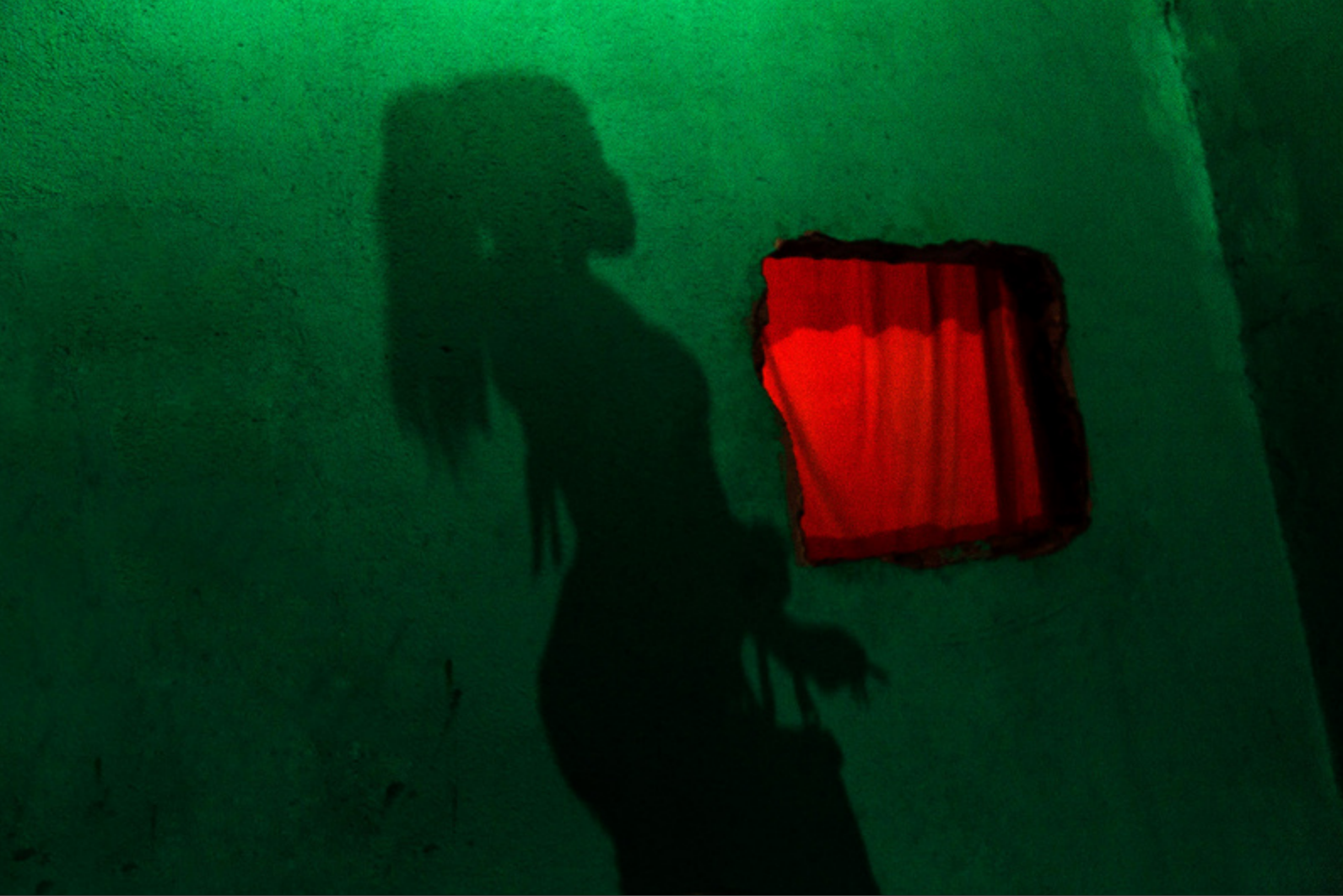

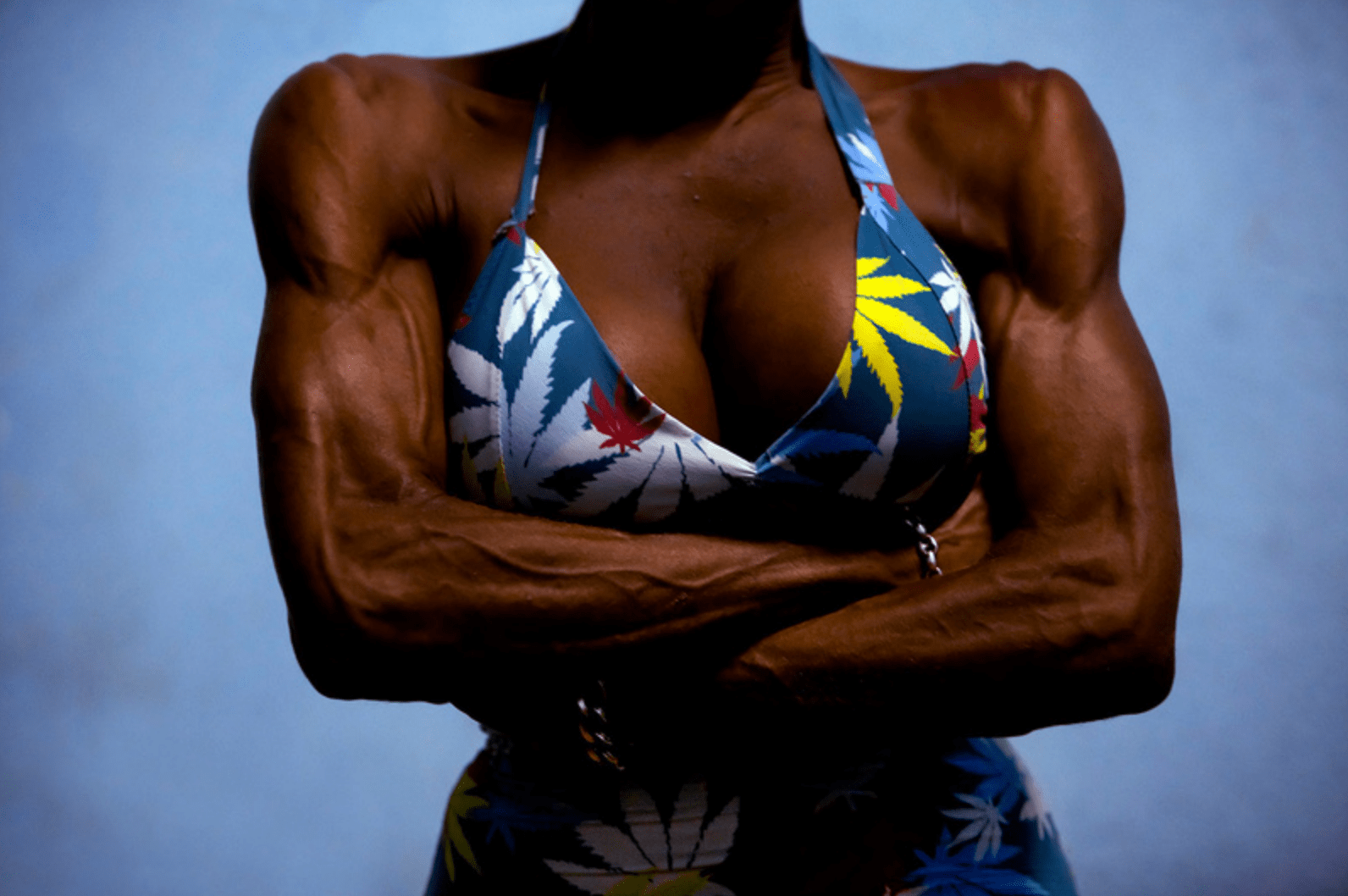

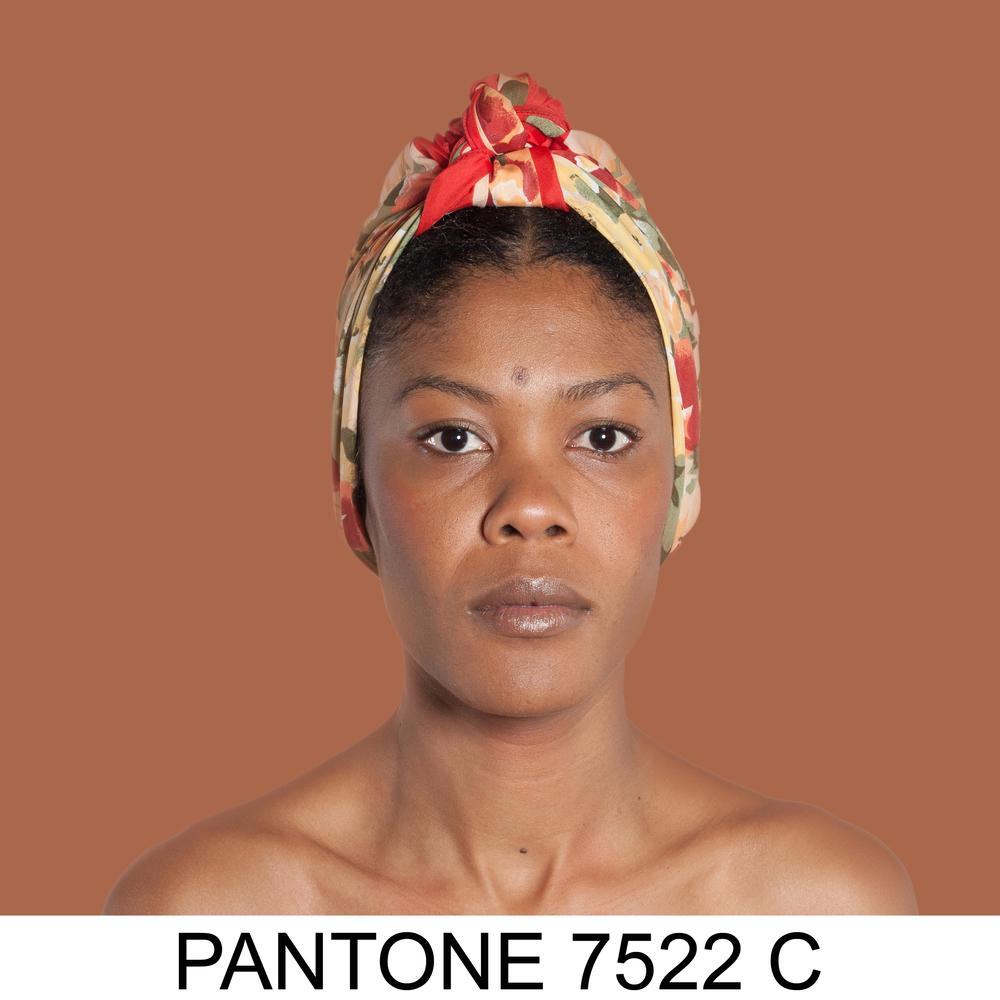


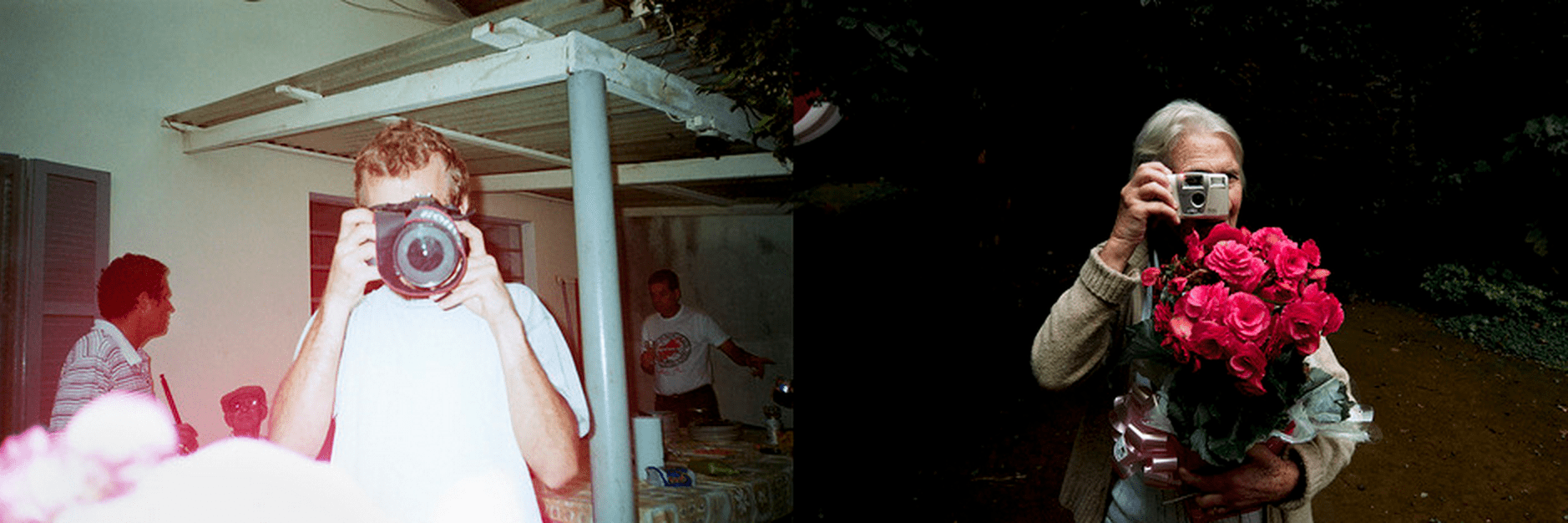




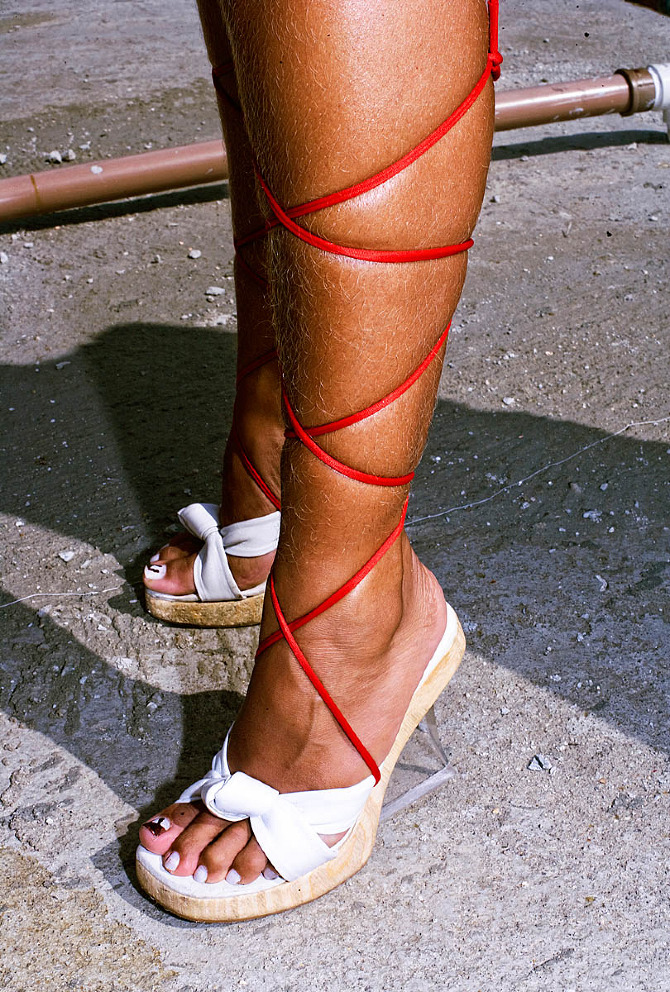
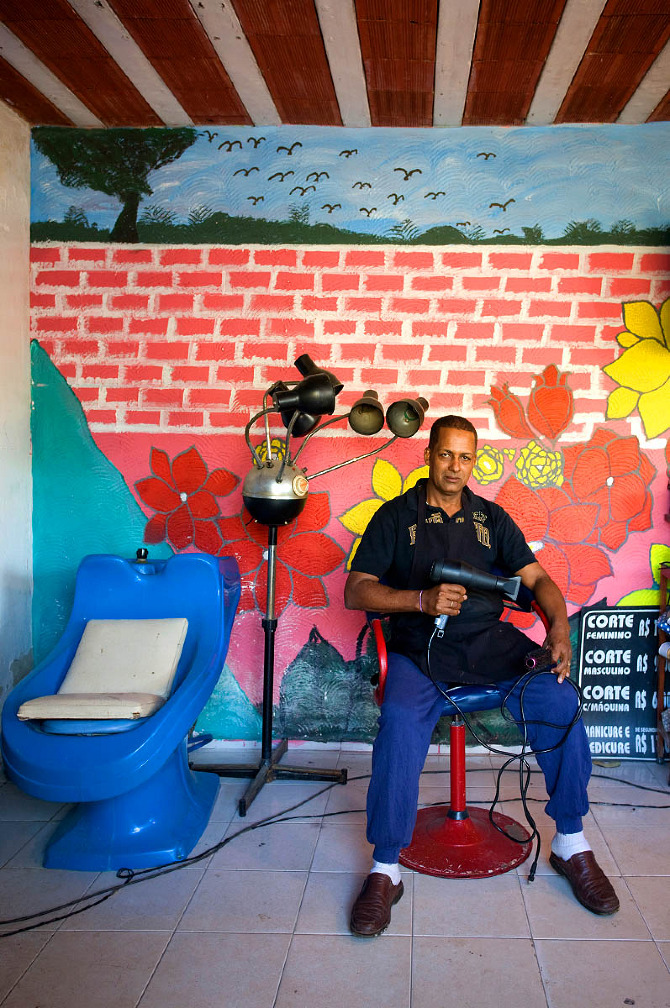
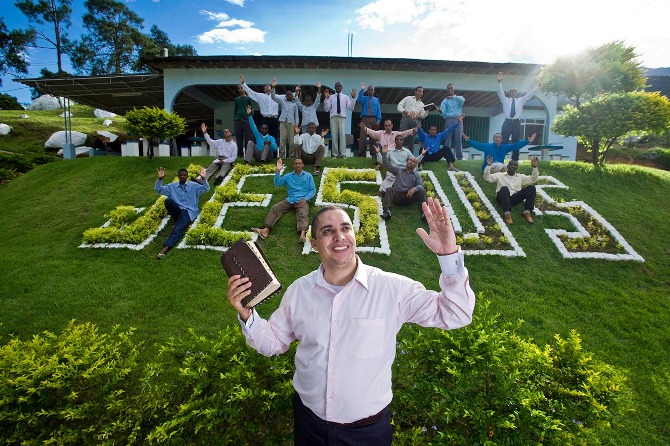
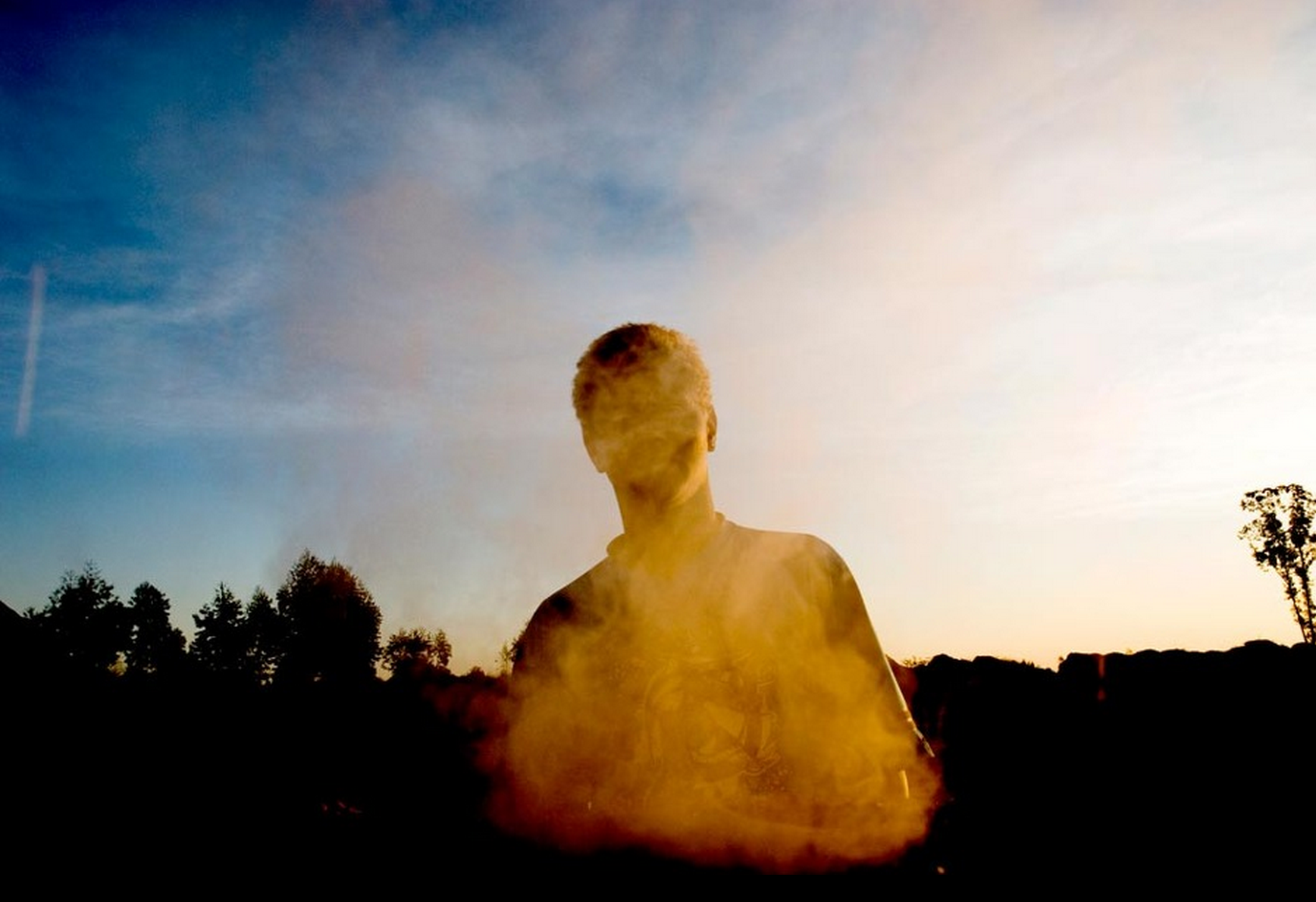
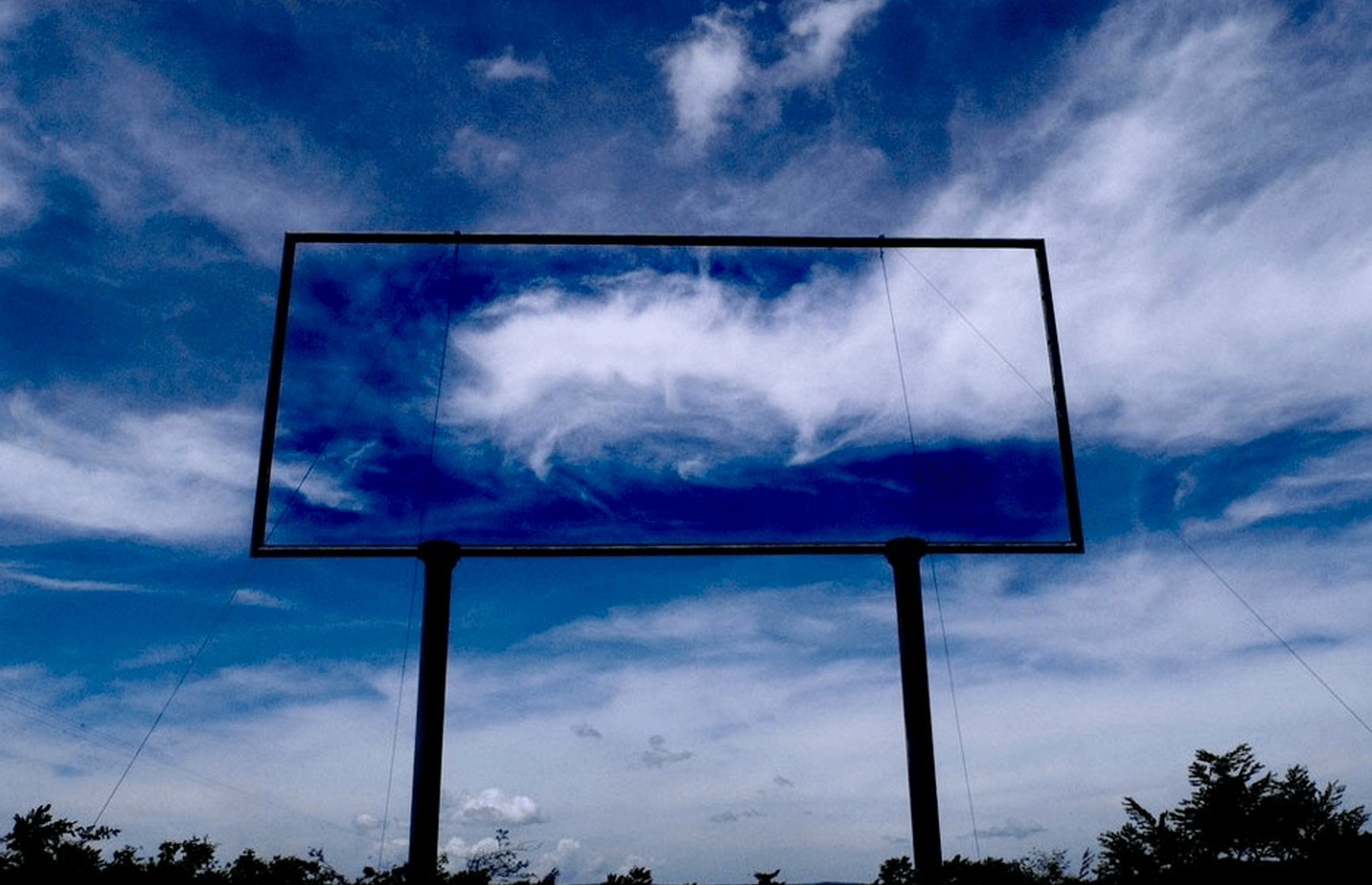

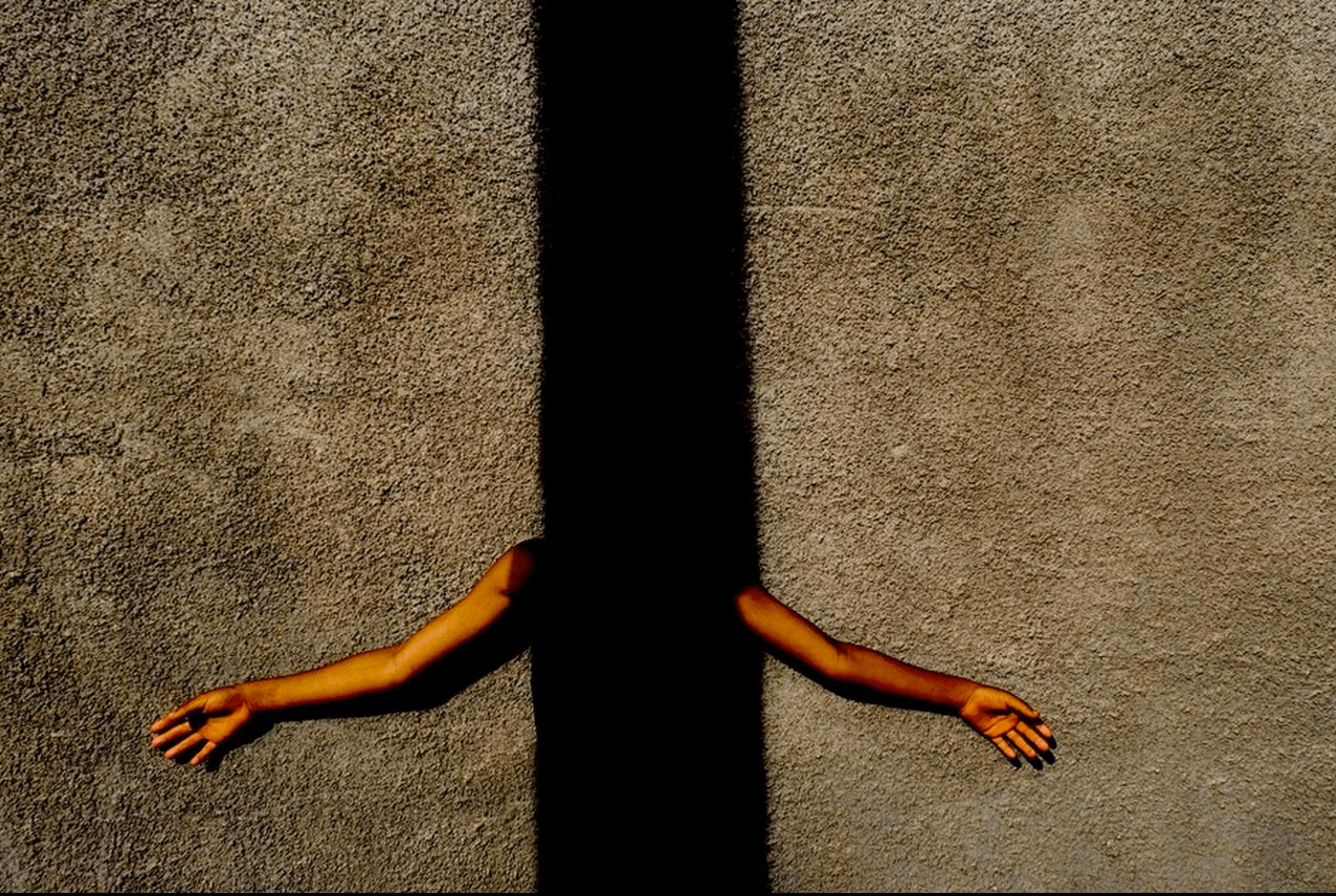


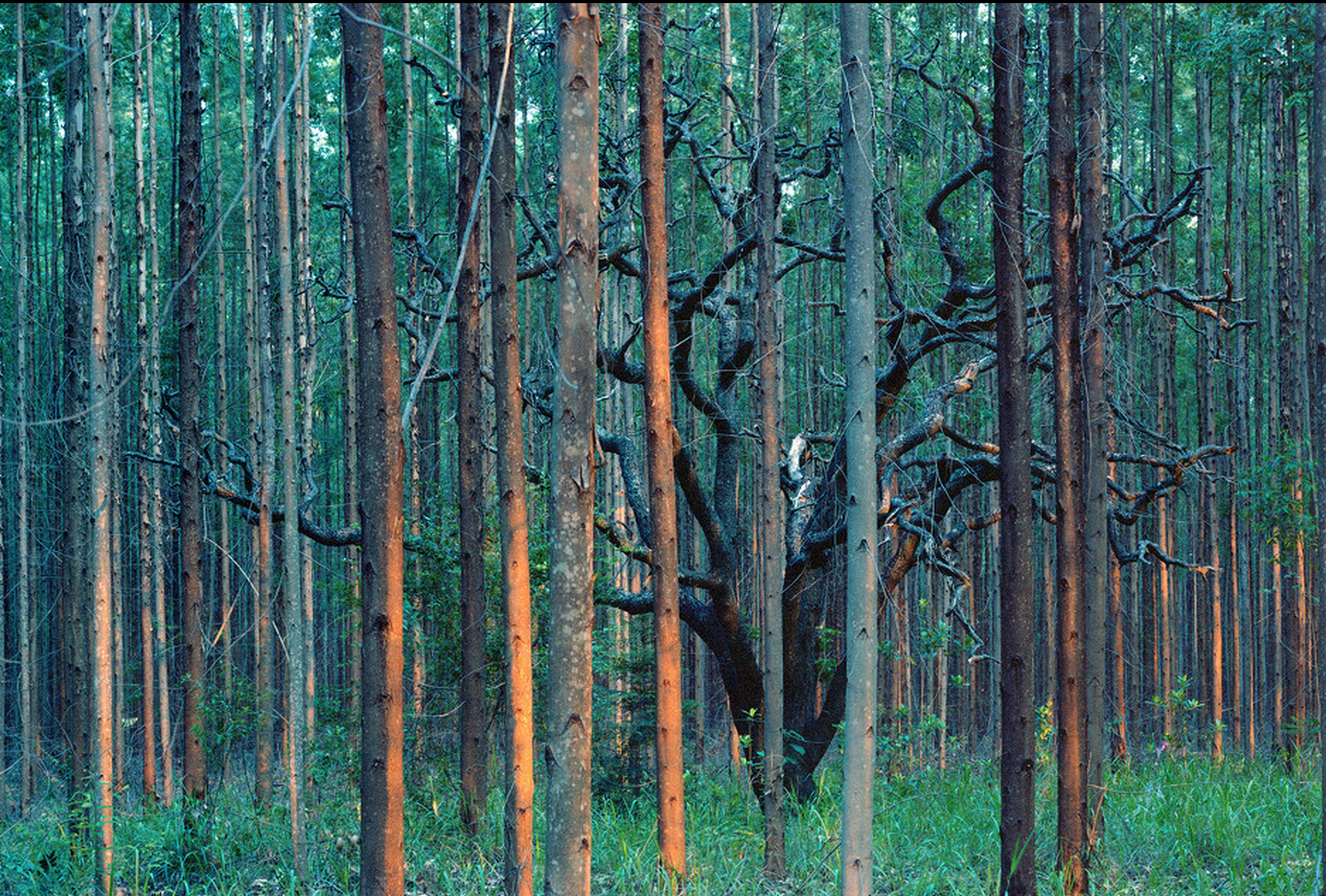
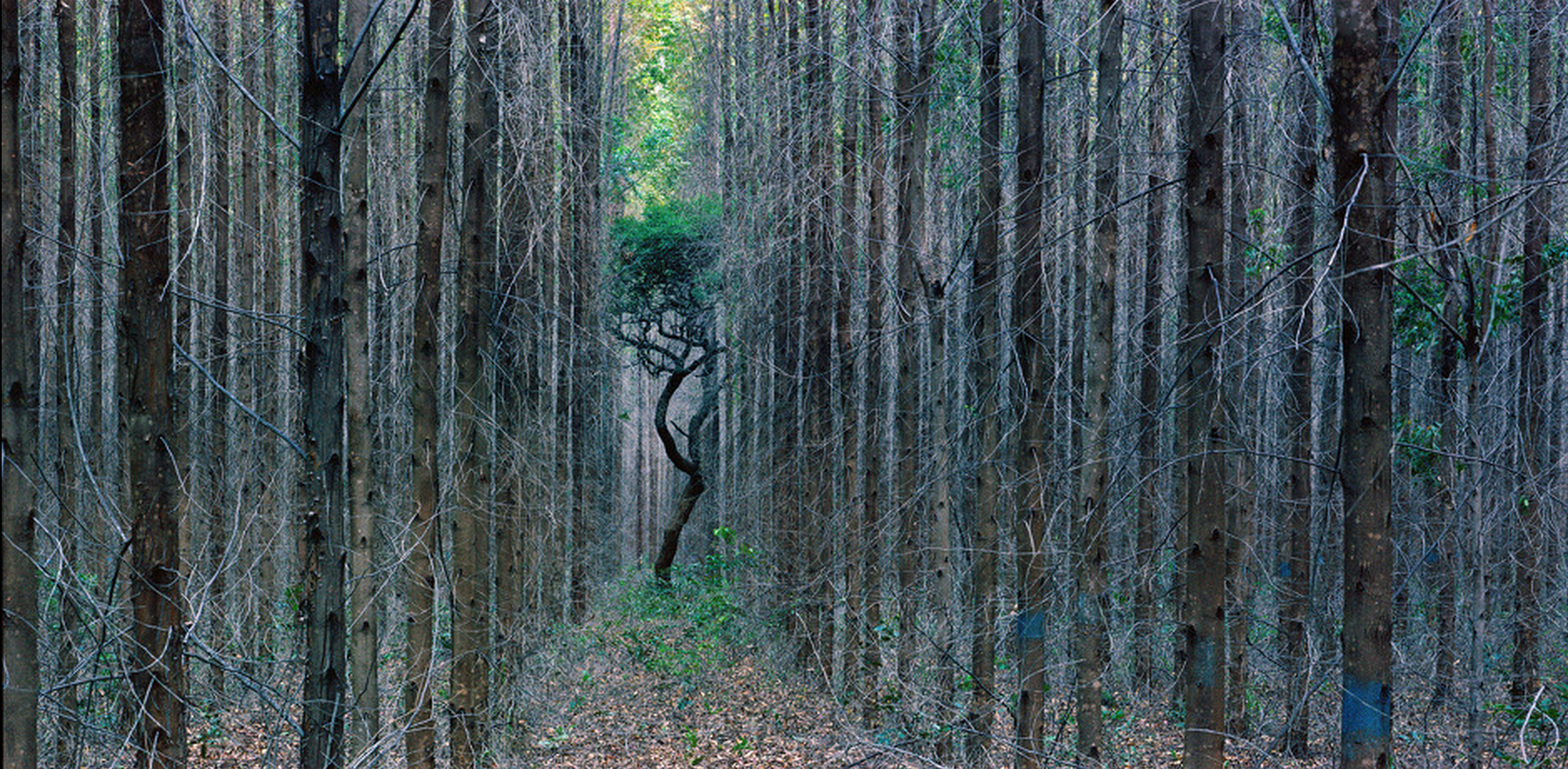


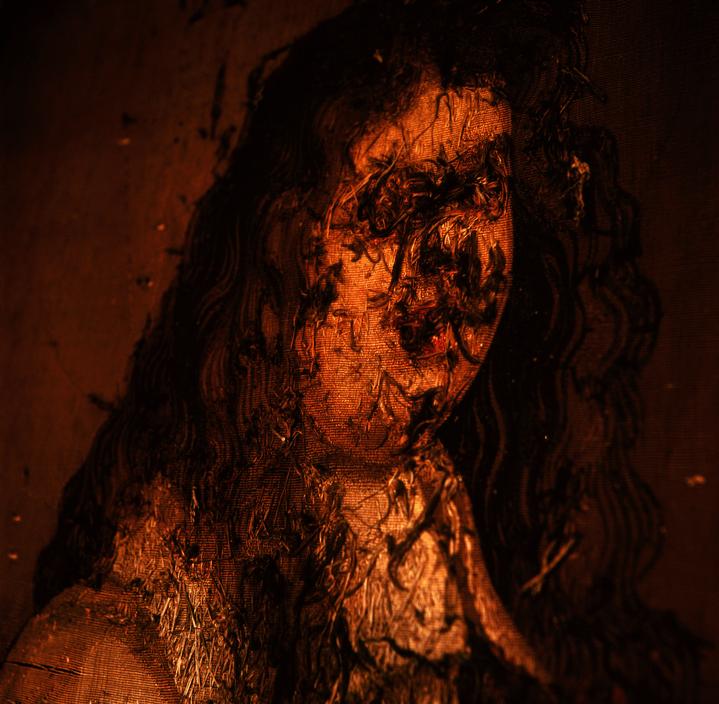
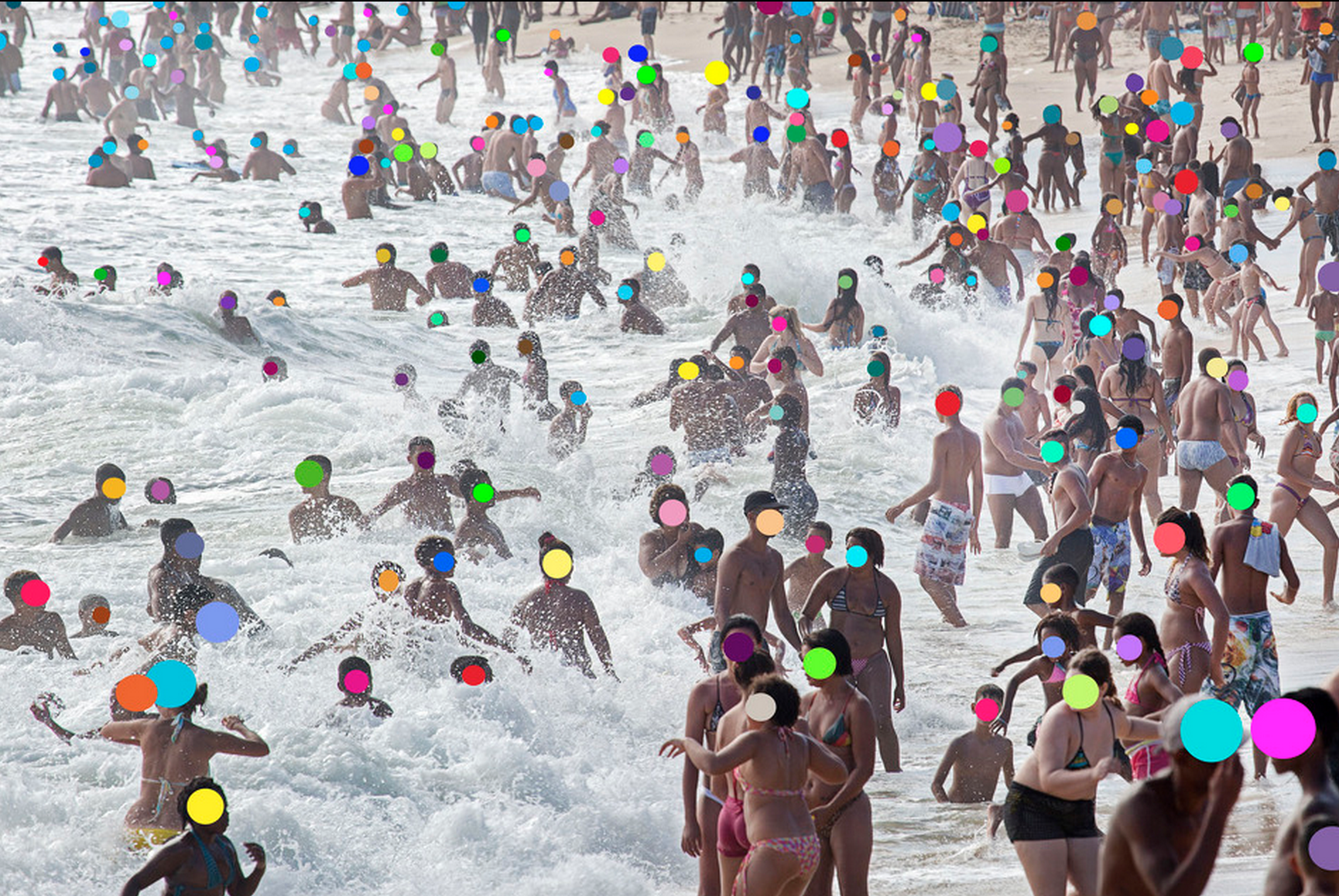
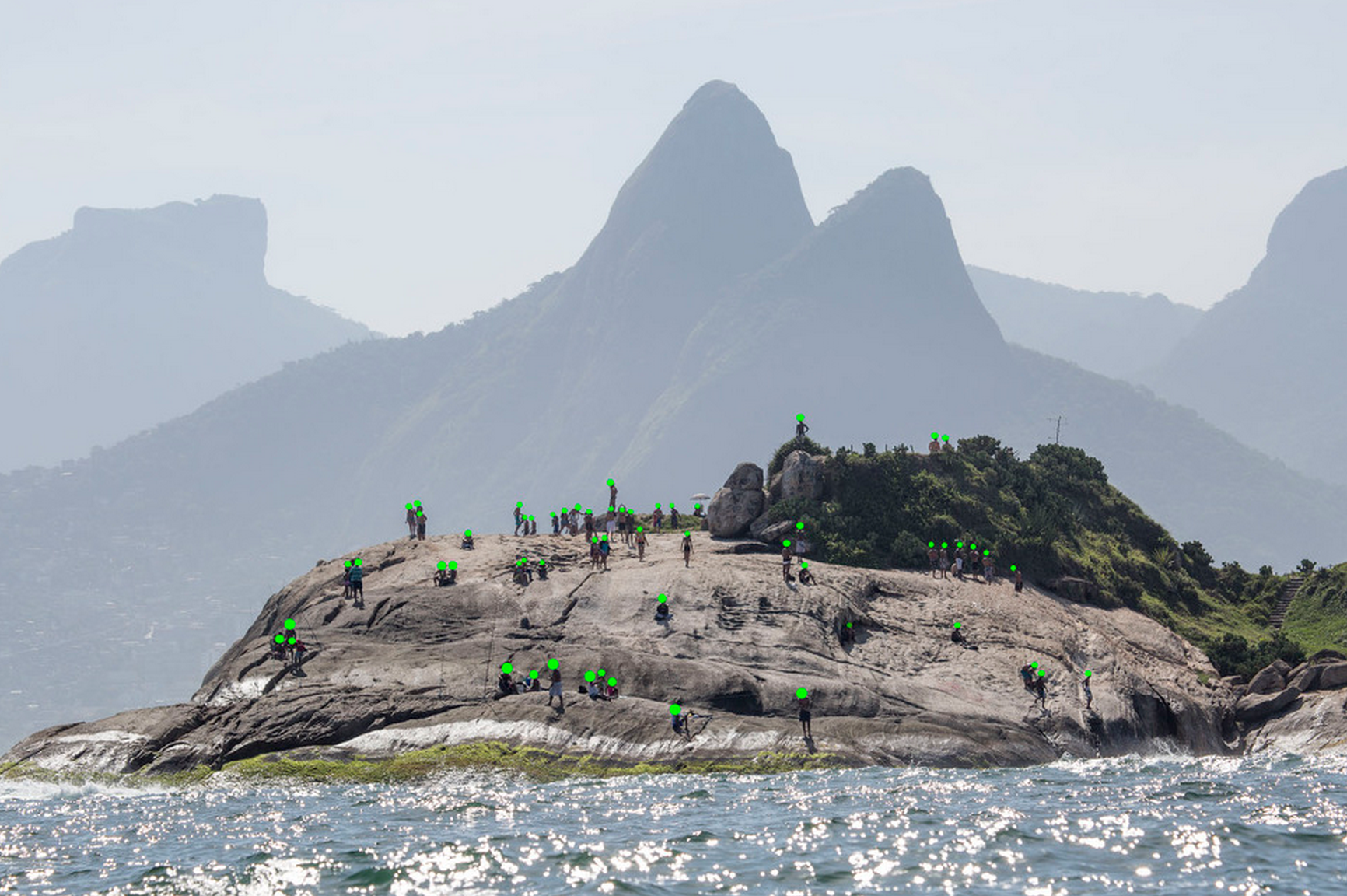

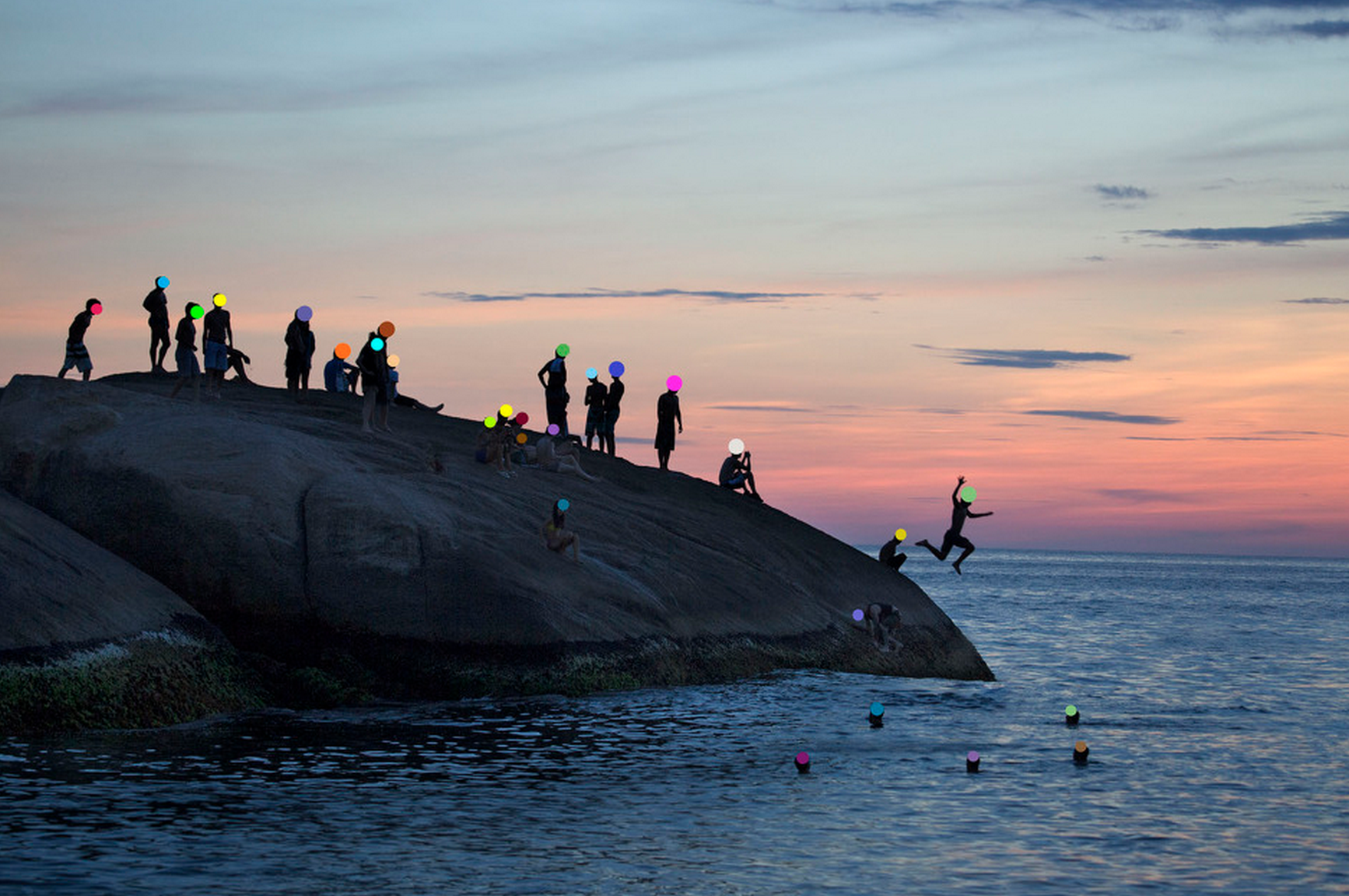
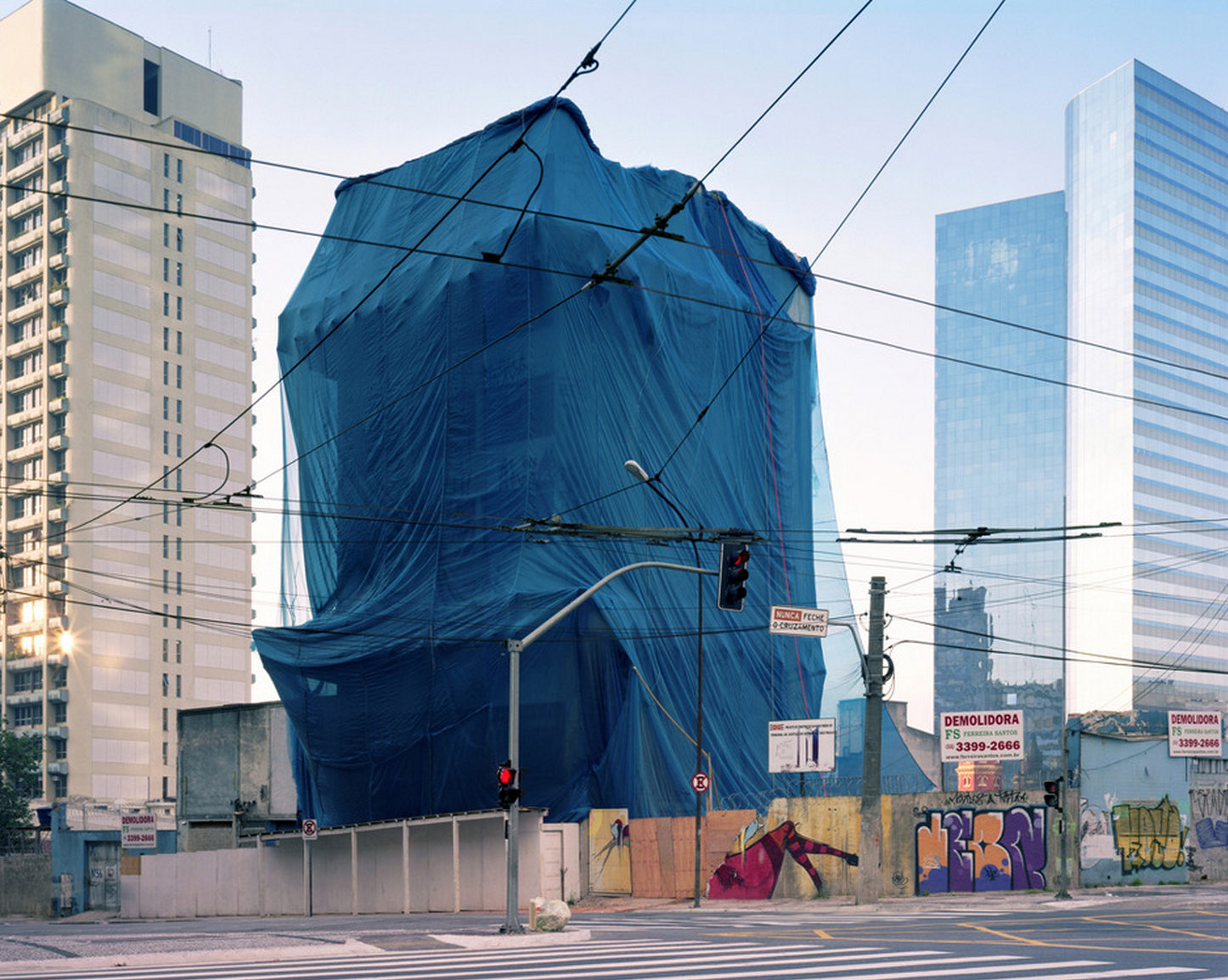



More Must-Reads From TIME
- Dua Lipa Manifested All of This
- Exclusive: Google Workers Revolt Over $1.2 Billion Contract With Israel
- Stop Looking for Your Forever Home
- The Sympathizer Counters 50 Years of Hollywood Vietnam War Narratives
- The Bliss of Seeing the Eclipse From Cleveland
- Hormonal Birth Control Doesn’t Deserve Its Bad Reputation
- The Best TV Shows to Watch on Peacock
- Want Weekly Recs on What to Watch, Read, and More? Sign Up for Worth Your Time
Contact us at letters@time.com